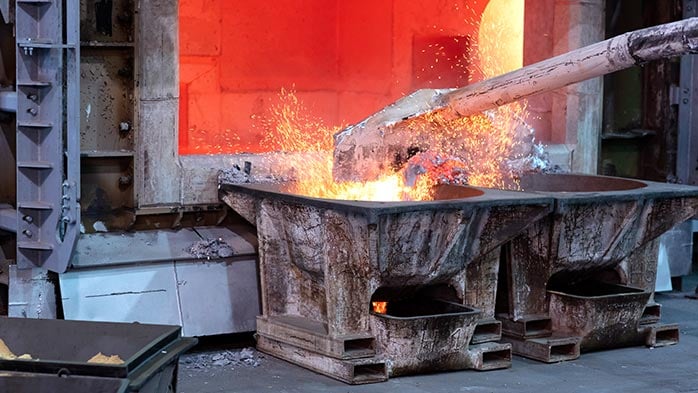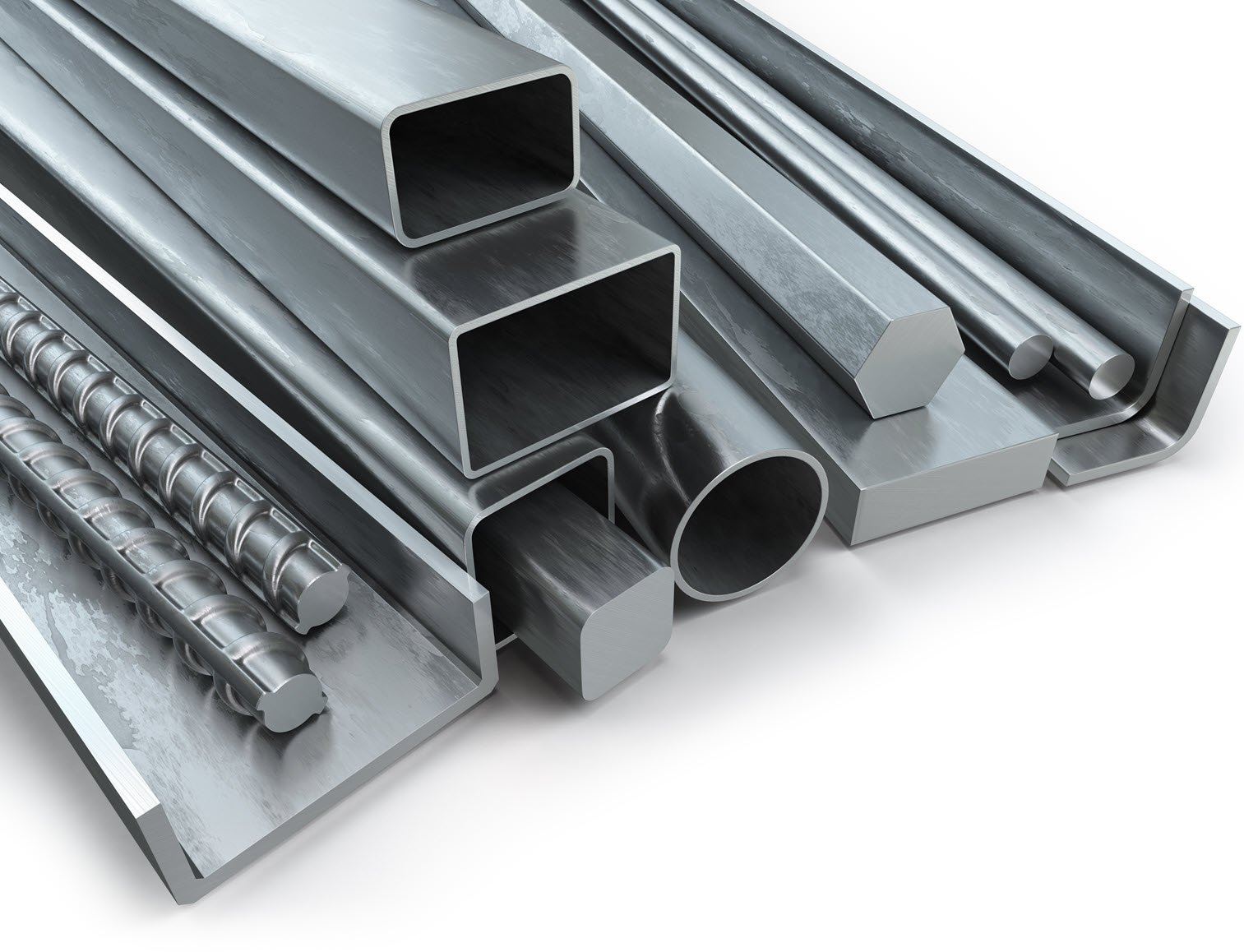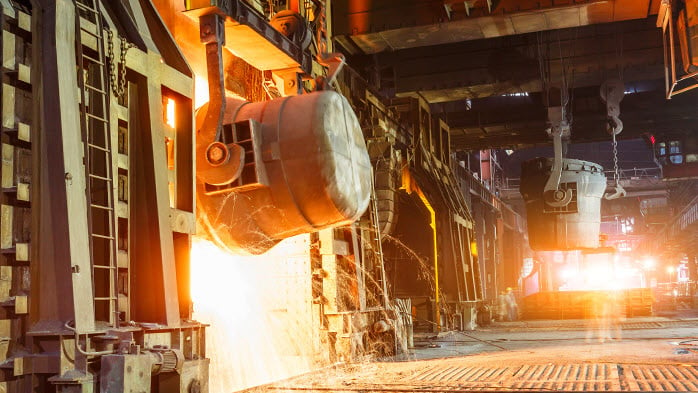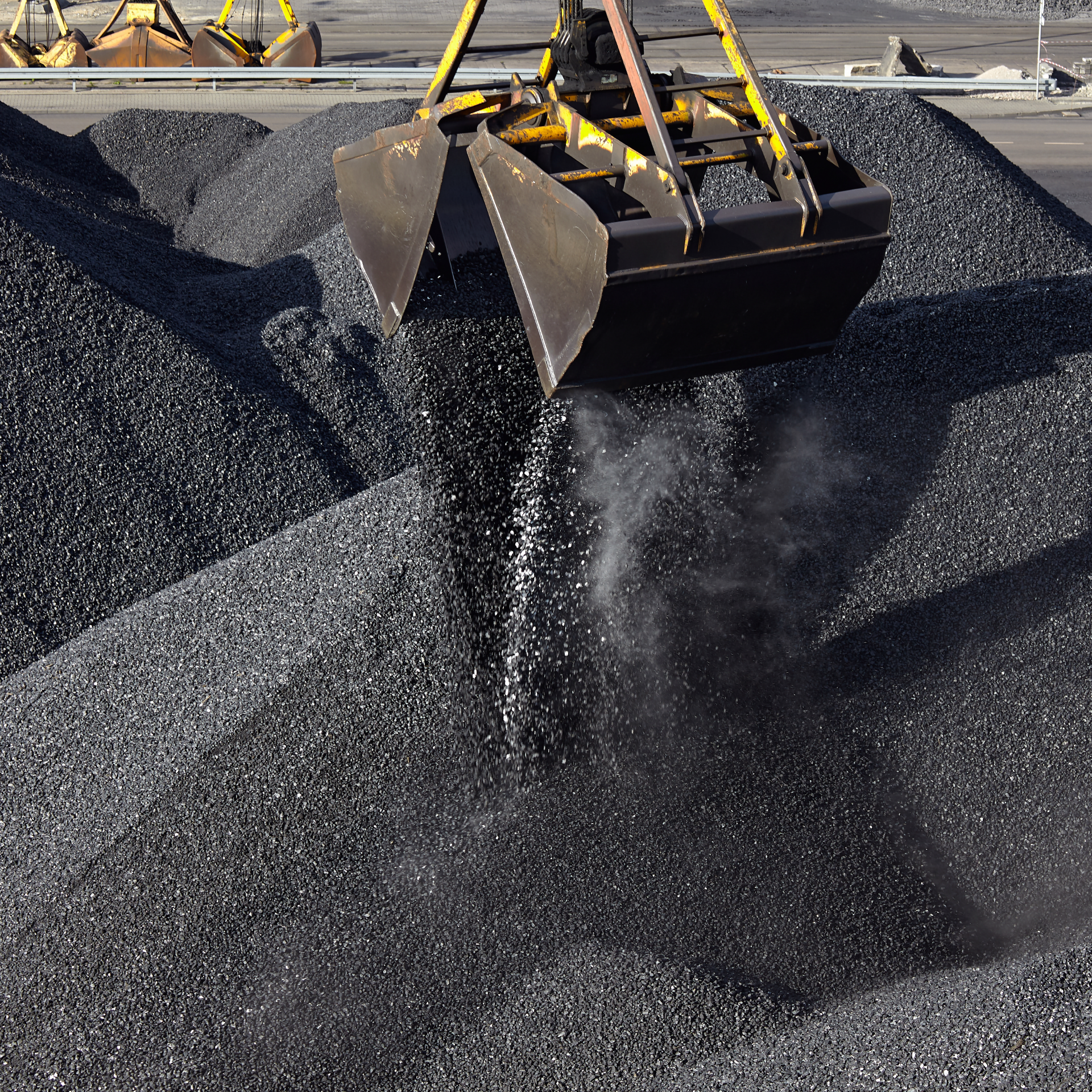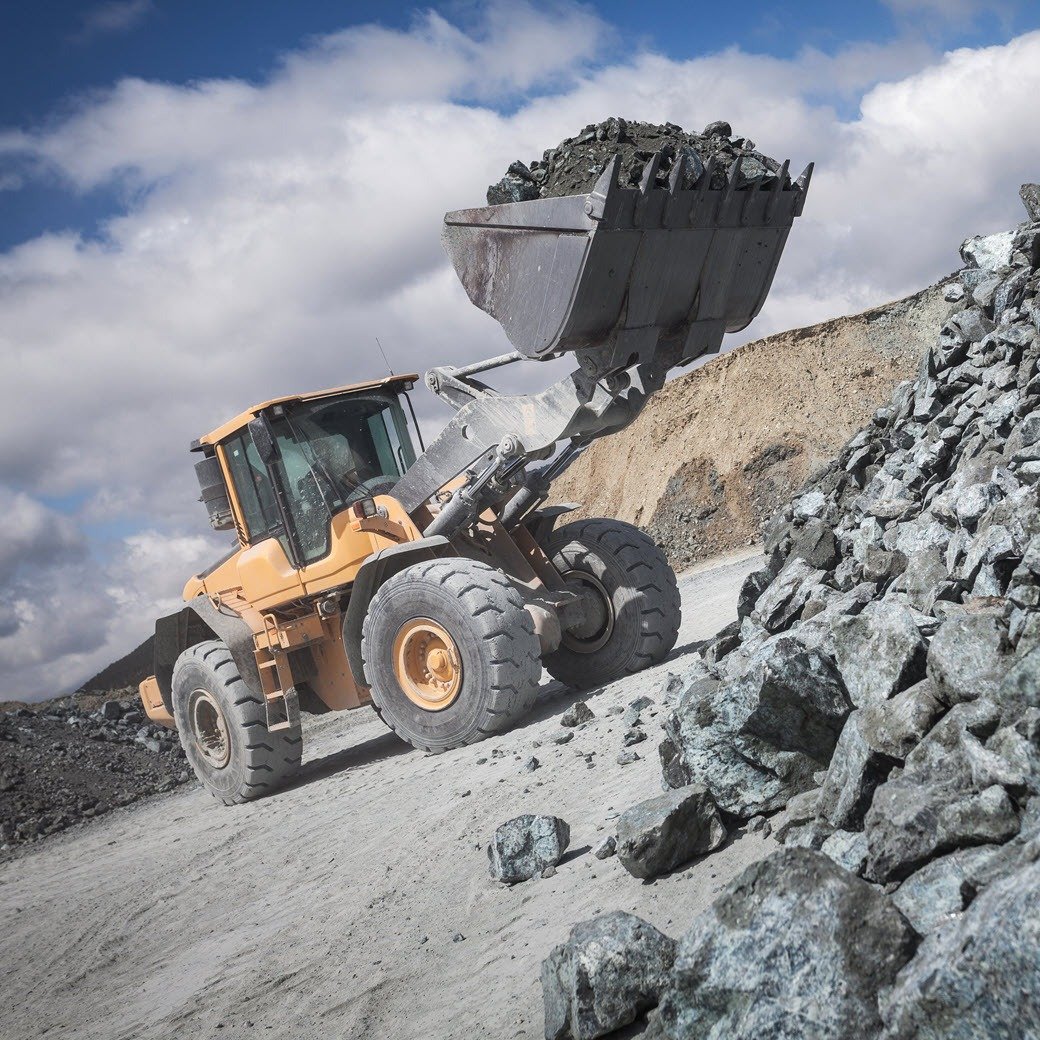In a previous CRU Insight, we discussed the effect that the South African lockdown, announced 26 March, would have on the chromium market, available here. Since then the price of both UG2 and 44% concentrate has increased in line with our expectations.
From the 16 April, an amendment to the Disaster Management Act allowed a ramp up of production at mines and smelters to 50%. By 23 April, the movement to a level 4 exit plan allowed open cast mines to move to 100% production on 1 May. Below we detail what this will mean for chrome ore prices in the short to medium term.
Disruptions will cause 2020 supply to fall
Social distancing measures in response to Covid-19 has seen disruptions to mining in South Africa. Even before Covid-19, there were some price-related reductions mine curtailments, in particular at UG conventional miners.
UG2 has seen significant price rises but CRU understands that this is mainly for sales of existing port or mine stocks. The lockdown period has caused a fall in liquidity through the supply chain due to logistical and labour restrictions, meaning many mines are unable to mine fresh material and ship it. There is a significant lag between shipment of existing stocks versus fresh material, which could be substantially delayed as mines slowly ramp up.
This helps explain the change in mentality of Chinese buyers. Despite circa 4 million tonnes of chrome ore stocks in China and reduced downstream demand globally for stainless steel, worries remain that output from UG mines will be under pressure in the coming months. Especially since nearly 1 months’ worth of material has been effectively lost due to the lockdown.
CRU believe some South African open cast mines will be restarting at reduced capacity and chrome ore supply will be tighter than the pre Covid-19 levels. Although higher prices could lead to some small parties, who need cash flow, increasing output. However, weaker medium-term fundamentals could mean production at open cast mines remains reduced.
Disruptions to support higher ore prices in near term
There will be upward price pressure in the near term as we have seen recently. Sellers in South Africa remain reluctant or are finding it difficult to sell cargoes, this is either due to low stocks or pending forces majeures. Therefore, ore is being drip fed into the market, and we assume this will continue to be the case for May. Indeed, the lack of supply could well become more acute as there is a time lag for imports into China, as pre-Covid-19 seaborne material continues to arrive/unload, on top of logistical constraints in early April which have caused delays.
‘Section 189s’ remain in the market, from Samancor and Glencore-Merafe. CRU believes that it is likely we will see cutbacks in smelting due to high stocks and weaker demand from the stainless sector. Therefore, a retrenchment in production is possible in the near-term and with that, less of South Africa’s ore output will be needed for the domestic market.
Prices for UG2 are currently under negotiation but CRU understands numbers high as $155 /CIF China are being discussed. With continued supply issues in the near term, it is likely that prices see upward momentum, with CRU assuming that many lockdown measures stay in place in May, restricting output. However, there are also a host of factors which are mitigating some of this pressure and capping near term prices, namely: the weaker rand, some (slow) supply restarts, high ore stocks, weaker demand growth and the need for cash flow, in particular at conventional mines.
Covid-19 the biggest uncertainty to medium term outlook
The Covid-19 lockdown on South African mining and smelting resulted in a surge in both chrome ore and alloy prices. In the medium term, we expect to see a fall in terms of ore availability because of social distancing measures, slow ramp-ups and a weaker demand outlook. These changes mean that we now forecast global chrome ore supply to decline by -5% y/y. We forecast supply will recover in 2021, as demand growth returns.
We do not expect medium prices to rise substantially higher than current levels, with our base case assuming an annual price for UG2 42% at $140 /t CIF. However, prices will not be sustained below $120 /t CIF, as this would result in substantial mine closures, especially from conventional miners where costs are significantly higher.
We have some recovery in H2 2020 stainless production output based on improving sentiment as lockdowns end, with China bearing most of that recovery. Even now we have FeCr production growing by 10% m/m in April as Chinese stainless output has increased.
Overall, we expect falls on Chinese stainless production in 2020, due to falling exports together and high stock levels. This will cause a 9% fall in Chinese FeCr demand in 2020 compared to 2019 levels.
CRU’s base case assumes that lockdown measures in most major consuming regions are eased by the end of Q2 2020 and that ore supply remains reduced in this period. However, we are expecting to see continued falls in stainless demand growth. The return to normality will be gradual and social distancing will continue. The question is to what extent will disruptions to supply balance the decline in demand? Below we present the variables which could lead to a deviation from the base case forecast:
Downside: UG2 prices at $125/t CIF
- There is a real risk of a second wave of infections
- USD to ZAR exchange rate depreciates further
- Supply comes back faster than expected
- Stainless steel demand growth significantly weaker than base case. Likely the result of worse end-user demand in key regions, hitting Chinese export levels and stainless producers outside of China
Upside: UG2 prices at $150/t CIF
- Western economies end lockdowns as the curve of new infections plateaus and there is no second wave of infections
- A return to normality before the start of Q3 2020, thus leading to a V-shaped recovery
- Mine supply disappoints, due to Covid-19 based mine site disruptions and lockdown measures






